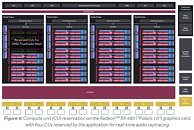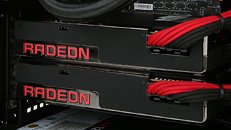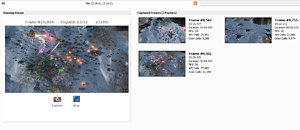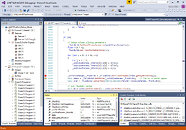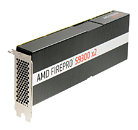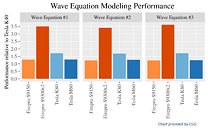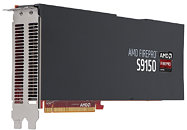
AMD Details Radeon Pro Pipeline for Cinematic VR Content
AMD today outlined powerful new solutions to two of the largest issues facing professional VR content creators today: how to create compelling VR content that approaches cinematic fidelity, and how to maximize that content's viewership. In the opening keynote at VR on the Lot, a two-day summit bringing together the top players in media, entertainment and technology, AMD detailed innovative Radeon Pro technologies designed to fuel the creation of real-time photorealistic VR content, and announced collaborations to facilitate the distribution of premium VR content to out-of-home experiences around the world.
"In creating Radeon Pro, we sought to address the industry's biggest problems, and for many creators, there's none bigger than cinematic VR content," said Roy Taylor, corporate VP and head of alliances, content and VR, Radeon Technologies Group, AMD. "Bringing your creative vision to life can be a demanding and laborious process and working in VR, those demands are exponentially multiplied. Through extraordinary Radeon Pro hardware and software, we're helping alleviate the technical burdens of creativity, empowering artists to focus on telling their story, and through our efforts in location-based entertainment, giving them new opportunities to share their work with the world."
"In creating Radeon Pro, we sought to address the industry's biggest problems, and for many creators, there's none bigger than cinematic VR content," said Roy Taylor, corporate VP and head of alliances, content and VR, Radeon Technologies Group, AMD. "Bringing your creative vision to life can be a demanding and laborious process and working in VR, those demands are exponentially multiplied. Through extraordinary Radeon Pro hardware and software, we're helping alleviate the technical burdens of creativity, empowering artists to focus on telling their story, and through our efforts in location-based entertainment, giving them new opportunities to share their work with the world."


